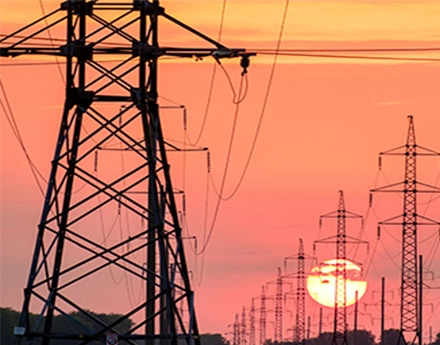The global insulator market is akin to a chessboard where economic shifts play the role of strategic moves, influencing the positioning and pricing of these essential components in the electrical infrastructure sector. This passage delves into the intricate interplay between economic dynamics and insulator prices, shedding light on how fluctuations on the global chessboard impact the costs of these critical electric power fittings.
Economic shifts, whether on a regional or global scale, create a ripple effect that reverberates through the insulator market. The demand for electrical infrastructure, driven by economic growth and development, is a significant determinant of insulator prices. During periods of economic expansion, increased investments in construction and infrastructure projects lead to a surge in demand for insulators. This heightened demand can result in a tightening of supply, subsequently driving up insulator prices as manufacturers respond to market dynamics.
The global nature of the insulator market makes it susceptible to currency exchange rate fluctuations. Changes in exchange rates can impact the cost of raw materials, manufacturing, and transportation. For instance, if the currency of a major insulator manufacturing country appreciates, the cost of its exports may rise, affecting the global pricing landscape. Conversely, a depreciation in currency may make exports more competitively priced, influencing the decisions of buyers and sellers on the international stage. Insulator prices, therefore, become a strategic consideration in the chess game of international trade.
Economic shifts, especially those accompanied by unforeseen events, can disrupt the global supply chain, introducing insulator price volatility in the insulator market. Natural disasters, geopolitical tensions, or public health crises can lead to supply chain disruptions, affecting the production and availability of insulators. The resulting scarcity or uncertainty may prompt manufacturers to adjust prices to reflect the challenges in the supply chain. Thus, economic shifts act as catalysts for changes in the global insulator chessboard, with each move impacting the strategic landscape.
Economic growth often catalyzes technological advancements and innovation investment in the electrical industry. These advancements can introduce new materials, manufacturing processes, or features in insulator design. While technological innovations contribute to enhanced insulator performance, they may also impact power distribution hardware prices due to the costs associated with research, development, and integration of cutting-edge technologies. As economies invest in innovation, the global chessboard of insulator pricing sees strategic moves that reflect the advancements shaping the industry.
In conclusion, the global chessboard of insulator pricing is a dynamic arena where economic shifts act as strategic moves influencing the intricate game of supply, demand, and international trade. Understanding how economic dynamics impact insulator prices is crucial for stakeholders in the electrical industry, from manufacturers and suppliers to project managers and policymakers. As the global economy continues to evolve, the chessboard of insulator pricing will witness ongoing shifts, making it imperative for industry participants to stay vigilant, adapt to changing economic landscapes, and make informed decisions in this strategic game.



